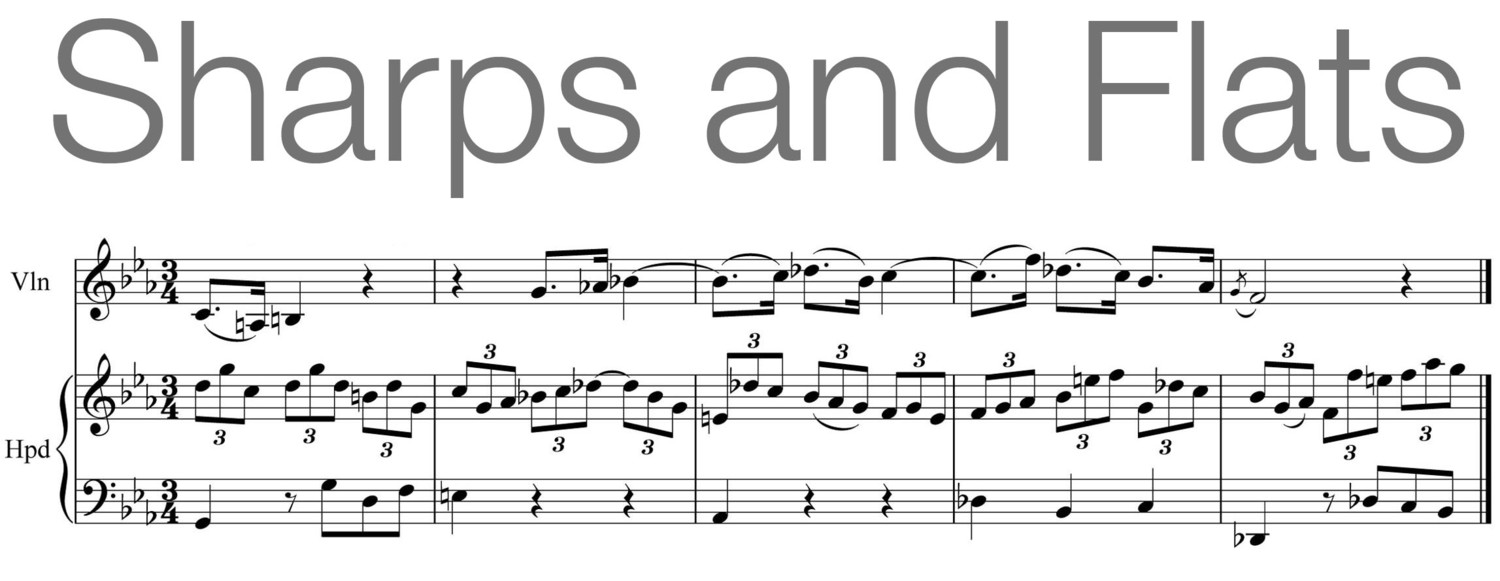All are from a NY Times collection of reviews from 2021, except the last one, by Alex Ross , which is from The New Yorker. Some try to deal with the music, some most certainly do not.
On this track, a strangled-gasp sound reminiscent of Helmut Lachmann’s music provides some initial kindling. Later, the bonfire climax is indebted to the experimentalism of Miles Davis circa “Agharta.”
David Sanford
The wide variation of instrumental colors and harmonic material serves as a clear encomium to another composer: George Lewis, a mentor of Storey’s who is also still in rude creative health.
Seth Colter Walls
Regardless, it is a work of affecting counterpoint: the rage that accumulates in the layered sounds of Cabeza’s extended cello technique against the resignation of Smith’s elegiac vocals.
Joshua Barone
A lush, brooding celebration of noise, “Seven Pillars” is the sprawling result of a deep collaboration between a composer and a percussion quartet. Mixing antsy chimes and a low-slung beat below, “Pillar III” builds in force before collapsing in ferocious shudders, explosions and shivers – and an ominous lullaby coda.
Zachary Wolfe
Chopin’s Nocturne No. 7, in C-sharp minor, begins with a low, ashen sound: a prowling arpeggio in the left hand, consisting only of C-sharps and G-sharps. It’s a hollowed-out harmony, in limbo between major and minor. Three bars in, the right hand enters on E, seemingly establishing minor, but a move to E-sharp clouds the issue, pointing towards major. Although the ambiguity dissipates in the measures that follow, a nimbus of uncertainty persists.
Alex Ross
